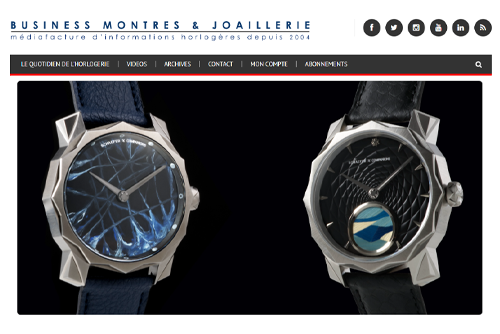When we speak of enamel, we refer to a refined glass-like substance created by fusing silica with color pigments at high temperatures (500 to 900C°), producing a luminous layer that chemically bonds to a metal base.

Once used solely to beautify precious metals such as gold, silver, bronze, or copper, enamel has endured through the centuries not only for its aesthetic charm but also for its remarkable resilienceenabling ancient creations to defy time itself.
Origins in Antiquity
The origins of enameling trace back over 3,500 years to the Mediterranean basin, particularly to Mycenae and Cyprus.
The technique is believed to have evolved from ancestral knowledge passed down through millennia.
Several early materials and methods served as precursors :
-Glass pastes and ceramic glazes in Egypt, dating back to the 5th millennium BCE.
-Egyptian blue, or smaltino, a cobalt-based pigment mixed with potash, used from 2,000 BCE.
-Niello, a black powder fused into engraved metalsimilar in spirit and application to enamel.
Refinements in the Modern Era
In 1632, Geneva witnessed the rebirth of enameling with the advent of "enamel miniature." Jean and Henri Toutin pioneered the technique, applying finely ground oxides by brush onto transparent enamel. Their disciple, Jean Petitot hailed as the Raphael of enamelcrafted portraits of exquisite detail and luminosity, often
inspired by Van Dyck. Jean-Etienne Liotard followed with masterpieces that cemented enamels artistic status.

Industrial Renaissance and Beyond
England saw the opening of its first enamel factories in 1753 at Battersea. In Russia, Peter the Great invited Western artisans to St. Petersburg. Carl Faberge later revitalized enameling with translucent hues over guilloche gold, creating the famed Imperial Easter eggs.
Timeless Knowledge Preserved
Over 35 centuries, enameling has traversed civilizations, ideologies, and artistic movements. This alchemy of fire, metal, and glass endures, thanks to passionate masters willing to embrace the risk of failure in pursuit of perfection, achievable only after multiple firings near 800C. Leonardo da Vinci praised enamels durability in his treatise on Painting.

The Science Behind the Art
Though timeless in beauty, enamel is notoriously demanding. It comprises a complex fusion of silica, red lead, potash, and soda, stabilized and colored with metal oxides:
- Selenium: yellow
- Uranium: bright orange
- Iron: blue, black, brown
- Chromium: pink and green
- Copper: red, green, blue
- Cobalt: deep blue and green
- Manganese: violet
- Metallic gold: rich red

Miraculously, this ancient knowledge has been transmitted almost intact.




